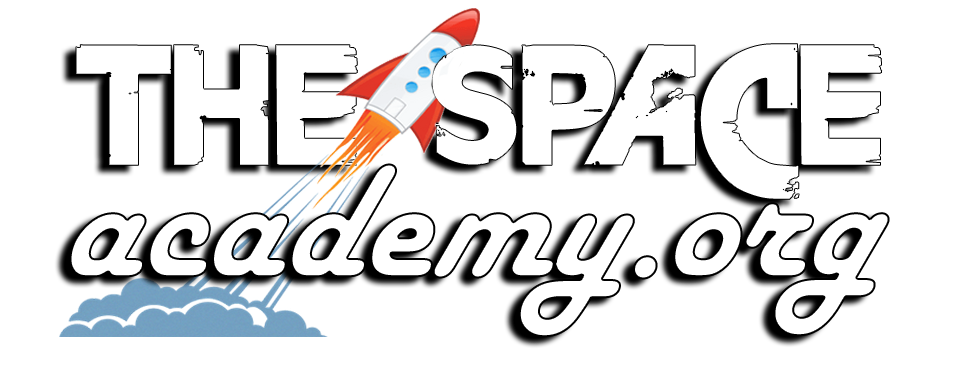Archaeologists have discovered a huge 2,000-year-old Roman forum at the site of an ancient unknown city in Spain.
The discovery was made by an archaeology team from the Institute of Heritage and Humanities of the University of Zaragoza, co-directed by Alberto Mayayo and Borja Díaz. The forum was found at La Cabañeta, in the El Burgo de Ebro municipality, on the banks of the Ebro River.
The name of the city is unknown, although some experts believe that it could be Castra Aelia, a second-line Roman camp that became a city with a huge forum after the defeat of the Celtiberians in Numancia. The ancient city did not last long and was destroyed during the Sertorian War, a civil conflict fought on the Iberian Peninsula between a faction of rebels and the government in Rome.
The site at La Cabañeta was discovered in the 1980s during a survey carried out by the Department of Antiquity Sciences of the University of Zaragoza. The first archaeological investigations confirmed that the religious building was in the vicinity of a site dating from the time of the Roman Republic (2nd-1st centuries BC). About 20 years ago, archaeologists Antonio Ferreruela Gonzalvo and José Antonio Mínguez Morales excavated the place to determine how well the remains had been preserved. They also reviewed old aerial photographs, which allowed them to conclude that the city was protected by a large moat.
This year, when scientists excavated at La Cabañeta, they found the remains of an enormous plaza. The plaza is framed by a portico and surrounded by a series of rooms that opened onto it, which may have been used for commercial activities. Researchers say that this plaza represents a “forum” - a key focal point of any Roman city. In Roman cities, forums were multi-purpose public squares or open areas usually found in central locations. The forum served as a gathering place as well as a kind of marketplace.
This discovery is significant because it provides new insights into ancient urban planning and trade practices. It also highlights how much more there is to learn about our past and how much more we can discover with careful study and exploration.

